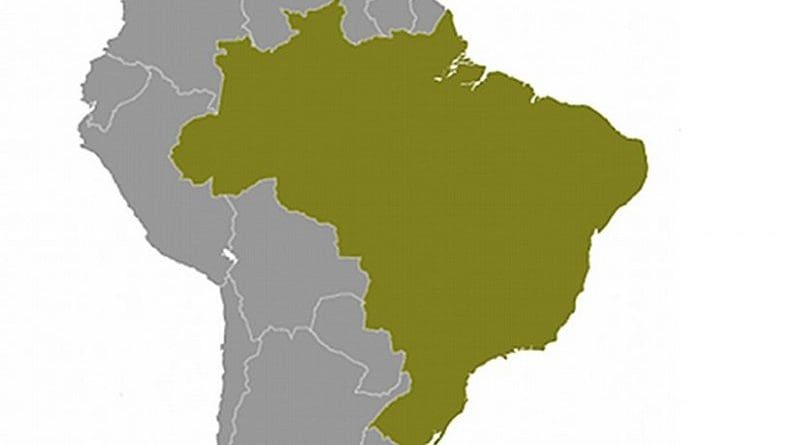Brazil Outlines Post-Fukushima Actions
Eletronuclear has announced a five-year program of actions to evaluate and improve safety, security and reliability at Brazil’s only operating nuclear power plant in response to the Fukushima accident.
The state company owns and operates two pressurized water reactors at Angra, while a third reactor is under construction there and due to enter commercial operation in 2016. A working group it set up in response to the 11 March earthquake and tsunami that hit the Japanese nuclear power plant has now delivered its first report, and a budget of BRL300 million ($187 million) has been allocated to a five-year plan of improvements to nuclear safety and security for this sole nuclear power site.
The first step of the program, running up to the end of the year, will be to complete more extensive studies. After this the company will work through a list of actions prioritised according to risk. The company says it has already performed a series of short-term checks as proposed by the World Association of Nuclear Operators (WANO), and has initiated the development of ‘stress tests’ for Angra 1 and 2, based on patterns developed by the Western European Nuclear Regulator’s Association (WENRA), to assess the ability of the plants to cope with severe accidents and scenarios beyond their design basis.
The reviews are not expected to have any impact on Brazil’s plans for future nuclear power plants beyond the incorporation of any technical lessons learned, the company said. From about 2015 the country wants to begin work on a new four-reactor nuclear power plant in the country’s northeast and Eletronuclear had been expected to present a range of siting options for that and further build in the middle of this year.
Preparedness
Reassessments of Angra’s ability to withstand natural risks, including earthquakes, waves, flooding by excessive rainfall, landslides and tornadoes are taking place. The plants are already equipped to handle sea surges of up to four metres, but the company intends to set up a system to monitor sea movements during severe weather outside the bay where the plants are located to evaluate whether this is sufficient. Brazil’s distance from the edge of any tectonic plate means that there is no tsunami risk even if a strong earthquake were to occur at the site, the company notes.
Simulation studies on the effects of flooding from excessive rain suggest that drainage networks would be able to withstand a ‘once-in-1000-years’ storm. Even in the case of a once-in-10,000-years excessive fall of rain, any leakage from the drainage systems would not be sufficient to flood the buildings. However, the company plans to expand studies to simulate obstructions to water outflows to identify whether further measures should be taken.
In preparation for the mitigation of severe accidents, Eletronuclear is also conducting studies into the installation of a small hydroelectric plant in the region dedicated to providing backup power to the plants in the case of a total loss of all of Angra’s 12 emergency diesel backup generators. In terms of emergency planning, it is looking at the possibility of providing routes by sea and air as well as by road in the event that alternative means of evacuation other than road is needed.
Researched and written by World Nuclear News

